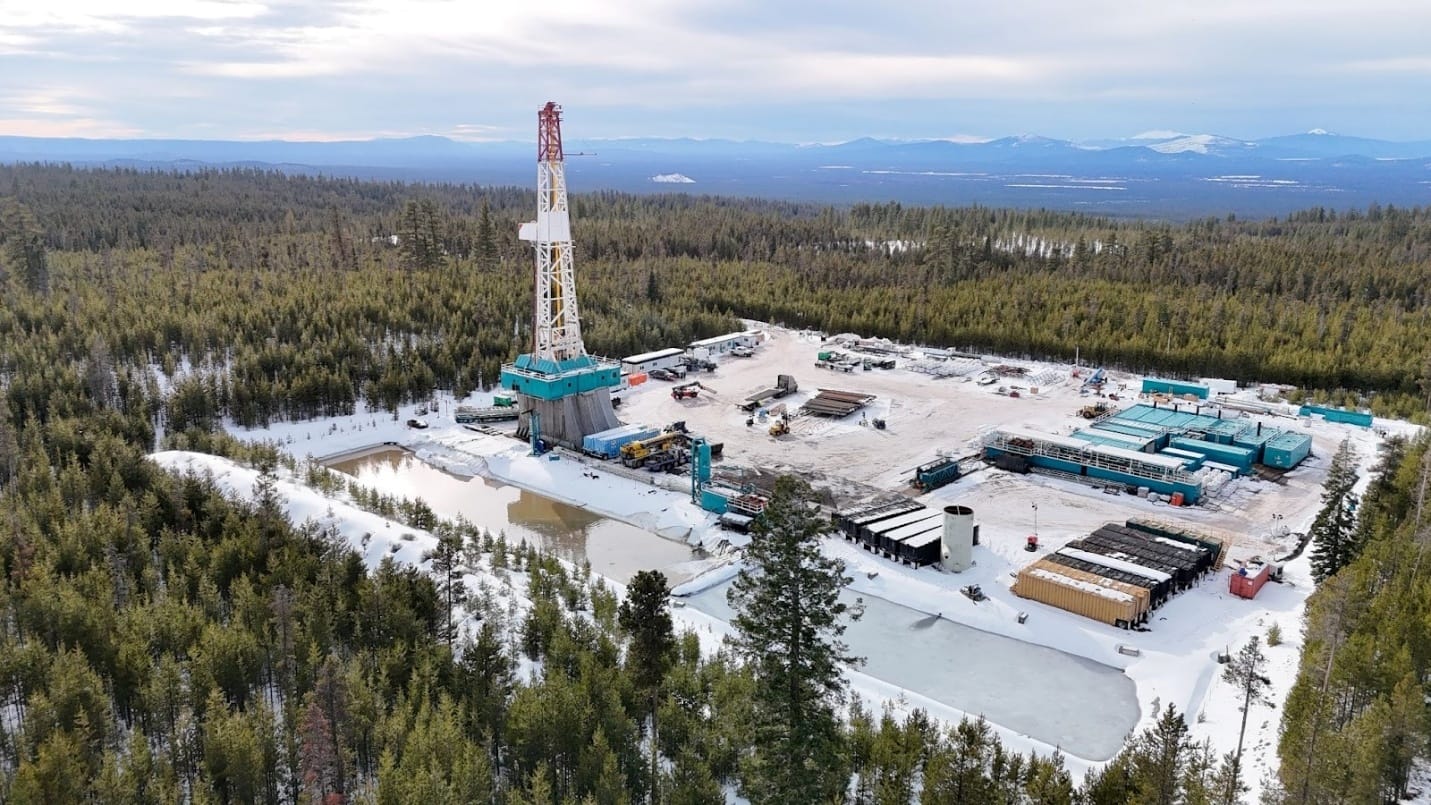As global temperatures continue to rise and traditional mitigation efforts struggle to keep pace, the scientific community is increasingly exploring innovative strategies to combat climate change. One such approach gaining attention is solar geoengineering, a set of techniques aimed at reflecting a portion of sunlight back into space to cool the planet. While the idea remains controversial, recent advancements in research, increased funding, and growing policy debates suggest that solar geoengineering may soon become a more prominent aspect of climate discussions.
This article delves into the latest developments, ethical considerations, policy challenges, and industry perspectives surrounding solar geoengineering, shedding light on both its potential and risks.
Table of Contents
ToggleRecent Developments in Solar Geoengineering Research
Solar geoengineering research has made significant strides in recent years. Scientists are now exploring alternative materials and methods to enhance the safety and efficiency of geoengineering interventions. Here are some of the most notable developments:
- Alternative Aerosol Particles: Researchers are investigating solid alumina and calcite particles as potential alternatives to sulfur dioxide for stratospheric aerosol injection (SAI). These materials may offer reduced risks to the ozone layer while still achieving reflective benefits.
- Marine Cloud Brightening (MCB) Experiments: Studies have simulated the effects of targeted MCB, suggesting that increasing cloud reflectivity over the ocean could dampen extreme weather events like El Niño. However, researchers caution that the long-term efficacy and broader environmental consequences require further study.
- Stratospheric Controlled Perturbation Experiment (SCoPEx): A high-profile geoengineering test led by Harvard University aimed at better understanding aerosol dispersal in the stratosphere faced delays due to public opposition but remains an important part of ongoing research efforts.
As funding for geoengineering research increases, these experiments are likely to become more sophisticated, attracting further attention from policymakers and the public alike.
Ethical and Environmental Considerations
Despite the promise of solar geoengineering, the ethical and environmental concerns surrounding its implementation are substantial.
- Moral Hazard: One of the biggest concerns is that reliance on geoengineering could reduce the urgency to cut greenhouse gas emissions. Critics argue that by offering a technological fix, policymakers might delay essential climate action such as reducing fossil fuel consumption.
- Environmental Risks: Potential negative effects of solar geoengineering include disruptions to weather patterns, changes in precipitation, and unintended consequences for ecosystems. For instance, altering global temperatures artificially could lead to unpredictable shifts in monsoon patterns, impacting agriculture and water availability.
- Termination Shock: A sudden halt in solar geoengineering efforts could lead to rapid warming, potentially accelerating climate change rather than mitigating it. This risk highlights the need for a long-term governance framework before large-scale deployment occurs.
The ethical debates surrounding solar geoengineering reflect the broader tension between human intervention and natural climate systems, making it a polarizing topic among scientists and policymakers.
Policy and Governance Challenges
One of the most significant obstacles facing solar geoengineering research is the lack of comprehensive regulatory frameworks. Currently, there are no binding international treaties governing the research or deployment of geoengineering technologies.
- Lack of Global Governance: Without a clear regulatory framework, there are concerns that individual countries or private entities could pursue geoengineering initiatives unilaterally, potentially leading to geopolitical conflicts.
- Calls for Moratoria: Some organizations, including the European Commission, have called for a moratorium on geoengineering deployment, citing the uncertain risks and ethical dilemmas involved. Advocates for stricter regulation argue that a cautious approach is necessary to prevent unintended consequences.
- The Need for International Cooperation: Given that solar geoengineering could have global ramifications, many experts argue that any future deployment must be governed by international agreements to ensure equity and accountability.
As discussions around climate intervention intensify, policymakers face mounting pressure to establish guidelines that balance innovation with precaution.

Industry Perspectives and Technological Innovations
While much of the geoengineering debate has been driven by academic institutions and government agencies, the private sector is also showing increasing interest in the field.
- Private Funding Initiatives: Several private organizations, including the Quadrature Climate Foundation, have begun funding solar geoengineering research, demonstrating that interest in climate intervention strategies extends beyond government circles.
- Emerging Technologies: In addition to stratospheric aerosol injection and marine cloud brightening, researchers are exploring novel approaches such as space-based sunshades composed of diffractive metamaterials. These innovations could provide alternative ways to manage solar radiation with reduced environmental impact.
As businesses and philanthropists invest in climate solutions, solar geoengineering is likely to attract more financial support and technological advancements, shaping the future of climate intervention.
Public Perception and Community Engagement
Public opinion plays a critical role in shaping the future of solar geoengineering. Despite its potential benefits, many communities and advocacy groups remain skeptical or outright opposed to these interventions.
- Community Opposition: Local resistance to geoengineering experiments has been a recurring challenge. For example, Indigenous groups and environmental advocates successfully pressured Harvard University to cancel the planned SCoPEx test flight in Sweden due to concerns about lack of transparency and inadequate public consultation.
- Misinformation and Conspiracy Theories: Misinformation surrounding solar geoengineering, including the persistent “chemtrail” conspiracy theories, complicates public discourse on the topic. Effective science communication and engagement strategies are crucial to addressing these misconceptions and ensuring informed discussions.
- The Need for Inclusive Dialogue: Given the potential global consequences of geoengineering, it is essential to include diverse stakeholders in the decision-making process. Public forums, transparent scientific communication, and community consultations can help build trust and mitigate concerns.
Engaging with the public and addressing ethical concerns proactively will be essential if solar geoengineering is to be considered as part of a broader climate strategy.
Conclusion
Solar geoengineering represents a contentious yet increasingly significant area of climate research. While it offers the potential to mitigate some effects of global warming, the associated ethical dilemmas, environmental risks, and governance challenges necessitate a cautious approach.
Moving forward, the scientific community, policymakers, and industry leaders must work together to develop clear guidelines and robust governance structures. Transparent public engagement and continued research will be key to responsibly assessing the role of solar geoengineering in global climate policy.
As the world grapples with accelerating climate change, the debate over solar geoengineering will likely intensify. Whether it becomes a viable tool in our climate strategy or remains a theoretical concept will depend on the careful balancing of innovation, ethics, and global collaboration.












